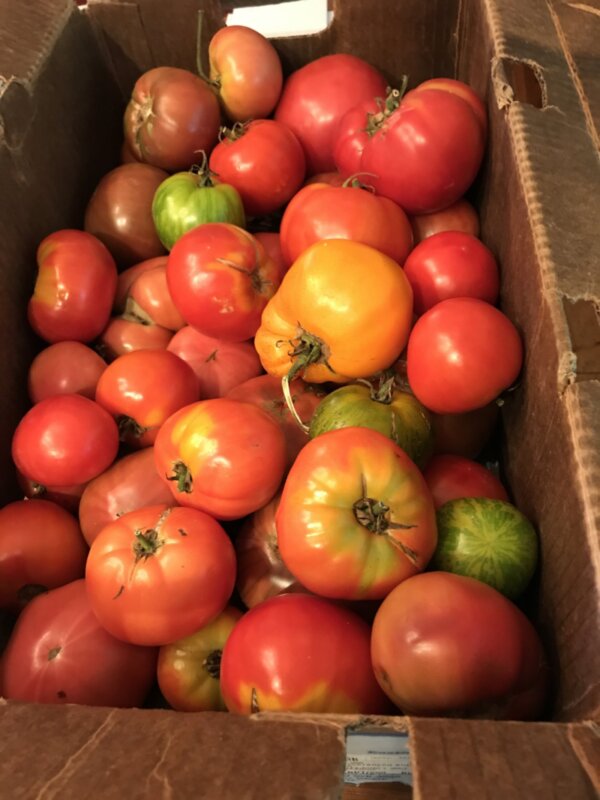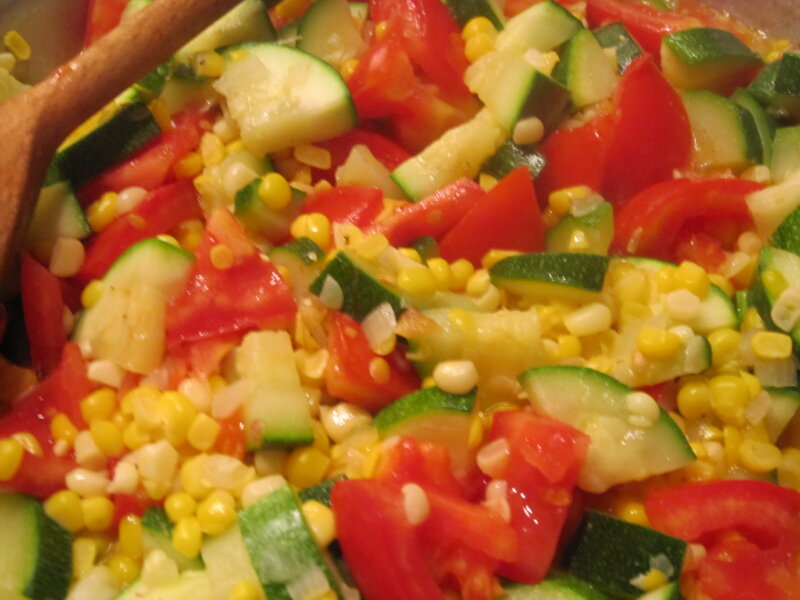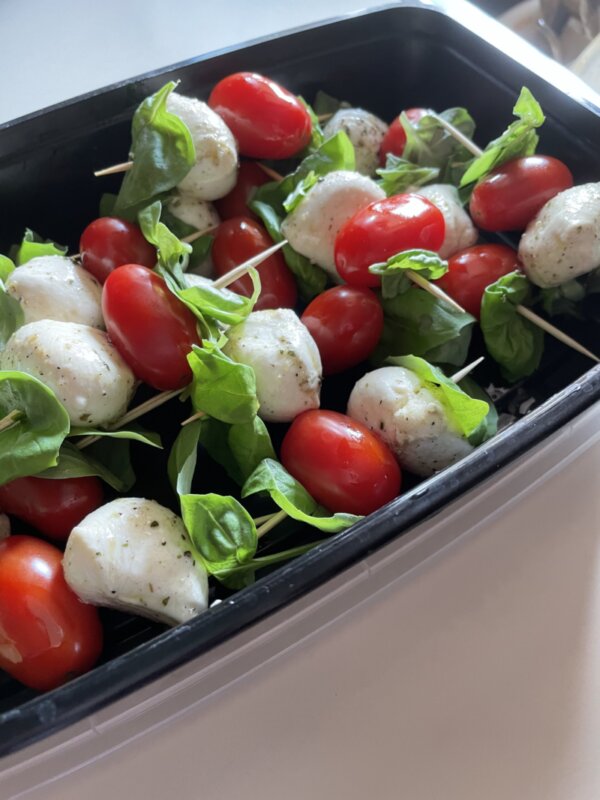Time to celebrate homegrown tomato season
It’s here. Finally!
Time to safely plant heat loving veggie plants in the garden. Usually, Memorial Day in our neighborhood is the official “safe date.”
Today we’re going to discuss tomatoes. Everyone’s favorite to grow and eat. By this date you should have started and encouraged your seedlings.
 If not, there are plenty to be had at the nurseries around town. The choices will be limited but you should be able to fulfill your wishes for however you like to eat tomatoes. There are salad types, paste or sauce offerings, cherry or grape-sized, and of course, big slicers. The color panoply is amazing; red of course but also orange, yellow, green, purple and almost black.
If not, there are plenty to be had at the nurseries around town. The choices will be limited but you should be able to fulfill your wishes for however you like to eat tomatoes. There are salad types, paste or sauce offerings, cherry or grape-sized, and of course, big slicers. The color panoply is amazing; red of course but also orange, yellow, green, purple and almost black.
The main two types for the home gardener are determinate and indeterminate. The former means the plants produces prolifically but all at once and then are done. Indeterminates do what they say. They go on growing till the season stops them. Thus, they grow tall and vine-like, whereas determinate are shorter and more shrub-like.
I’ll mention a few that I have had experience with, but there are hundreds of varieties. Often the same tomato goes by different names depending on who’s offering it. Brandywine has the reputation of the finest tasting for large beefsteak types. It comes in yellow as well as red, and there are strains to look for to get the best taste. Sudduth’s is the one I am familiar with.
Costoluto Genovese is an heirloom, oddly shaped, a large Italian slicer.
I like a little-known paste tomato called gilbertie. I got my first seeds for it from High Mowing seeds. The fruits are large and fairly dry, with few seeds so it’s good for making a sauce. The shape is long and hooked at the end. It’s the last to ripen for me.
Amish paste is easily found at nurseries and commonly used for canning sauce. Amana orange is a determinate offering and produces medium-sized, round fruits.
Another orange tomato but of a diminutive size is sungold. It’s also known as “candy on the vine,” probably because it’s delicious for snacking in the garden.
Juliet is a nice small oval variety. Aunt Ruby’s German green is a fine tasting fruit. Green zebra is another popular green tomato. Stupice (pronounced Stu-pech-ka) is a Polish heirloom of moderate size and a good sauce maker. Prolific for me.
Yellow and red pear are small and very prolific snacking types. They keep producing all season until frost. You only need one plant.
I could name so many others I’ve tried over the years, but this is a start.
Surely, the danger of frost has passed, so dig deep planting holes and add 1 tablespoon of 10-20-10 fertilizer and water it in. Place your plant deeply into the hole and surround with soil.
I even remove the bottom couple of leaves and sink the plant deeper than it grew in the pot. Every part underground will produce roots and make your plant stronger.
Another way to plant, especially if your plant is leggy, is to dig a trench instead of a hole and lay the tomato down, gently bending the top upward and fill in the trench.
By the way, 10-20-10 refers to the three main nutrients in the fertilizer. The numbers stand for nitrogen, phosphorus and potassium. Easy to remember as they are in alphabetical order. You don’t want too much nitrogen as that produces foliage. The others are responsible for fruit production.
Tomatoes need about an inch of water each week while growing. Inconsistent watering is a prime reason for failure of crop or blossom end rot. When watering be careful not to splash leaves as disease can be spread from soil.
Mulching will help. As the season progresses add 2 tablespoons of fertilizer each month per plant. Mix into soil with a trowel.
You might notice some common capital letters after the tomato name in your catalogues. This refers to the breeding for reducing or eliminating certain diseases such as verticillium wilt.
Space your tomatoes to allow light to reach fruit and roots room to grow. The usual is 3-feet between plants. A rule I often break.
Your plants will need support and there are many ways to do this. The simplest is a strong wooden spike and garden twine or strips of cloth. I found many suggestions on line so you can do research to see what feels right for you. Many commercially sold towers are not strong enough to last all season.
Each variety has its own time schedule. Once a tomato has started to color up it can be picked and finish ripening inside. We often have to rely on this with our short season. If it has a ways to go, you can wrap unripe fruits in parchment, waxed paper or newspaper and store in dark, cool place. You can extend your season by doing this. Keep picking the ripe fruits so they won’t burst from too much water.
A favorite way to use up a glut of fruits which come at once is roasting. Cut the larger ones and just add the smaller cherry types. Season with salt, herbs and garlic if you like and roast at 400 degrees until collapsed and heated through (about 40 minutes). Then, blend in food processor or blender and freeze for a different tasting sauce. It solves the problem of so many tomatoes and so little time.
When canning, I suggest you look to the Ball canning book or some similar resource. Adding a couple of tablespoons of lemon juice or vinegar to canned tomatoes will ensure the proper environment for safe storage.
I hope I have given new gardeners some helpful information or renewed what the experienced veggie producers knew. Aside from the amazing tomato sandwiches we have to look forward to, I like to use my harvest in sauce, gratins, Provencal, ratatouille, Caprese, mixed with other seasonal vegetables. Here’s a couple easy ideas.

Colache
(from “The American Heritage Cookbook”)
4 summer squash
1 small onion, chopped
4 ears of corn
salt and pepper
3 ripe tomatoes
1/4 cup of butter
Wash squash and cut into small pieces; cut kernels from cobs; skin tomatoes and cut in cubes.
Heat butter in sauce pan, add chopped onion. Stir till translucent. Add squash, corn, tomatoes, salt and pepper. Cover and cook over low heat for 30-40 minutes stirring occasionally. Makes 6 servings. Great when all these are fresh from the garden. Don’t skimp on the butter.
Tomato gratin
Slice medium to large tomatoes thickly (1/2 inch). Choose enough for your diners. In a suitable oven-proof casserole, coat with olive oil and layer your tomatoes overlapping. Sprinkle with salt and pepper and either minced garlic or dried garlic powder.
I usually add dollops of my homemade basil pesto but use whatever chopped herbs you have. Sprinkle the top with Panko breadcrumbs and then some grated pecorino Romano cheese.
A drizzle of olive oil on top helps crisp the dish. Bake at 350 for a half hour or so. You might have to pour off some liquid.

Caprese
This is a favorite appetizer or light lunch using fresh uncooked tomatoes.
Slice large round tomatoes about 1/2 inch thick and similarly fresh buffalo mozzarella. Alternate the two, overlapping on a plate.
Sometimes I like to add finely sliced sweet onion.
Drizzle with aged, syrupy balsamic vinegar.
A good crunchy baguette goes well.
